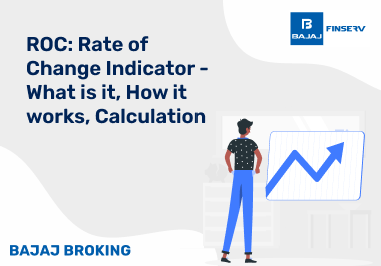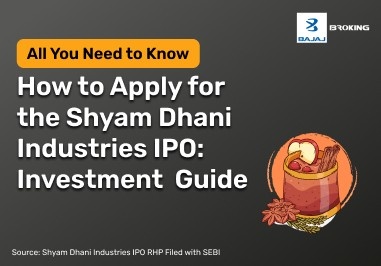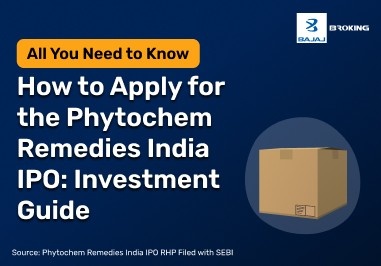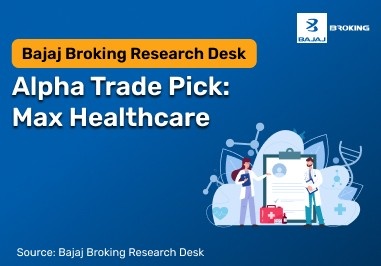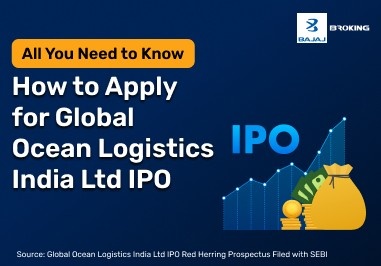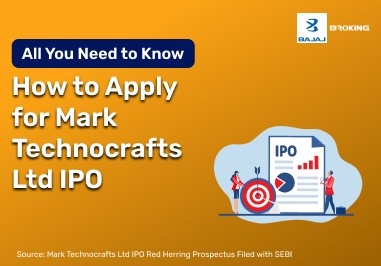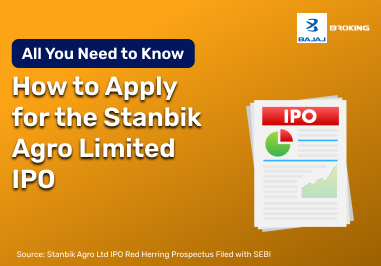People can buy, sell, and trade unfinished goods in a commodity market, either online or in person. These markets are very important to the world economy because they sell things we need to live, like food and electricity.
Policymakers need to understand how this market works. It helps make plans that can keep prices from going up too much, make food safer, and help the economy grow over time. The commodity market is still very important, even though the economy changes. It affects everything from international trade to local growth and poverty reduction.
Additional Read: What Are Hard Commodities?
What is Commodity Market?
The commodity market is a place where people can buy and sell real things. People and investors can trade things like metals, spices, crude oil, and energy resources on it. For investors, it lets them spread their money around by buying both perishable and non-perishable goods.
The Forward Markets Commission is in charge of this market in India, making sure it stays open and stable. Right now, more than 120 goods are allowed to be traded as futures under its supervision. This makes the market open to everyone while keeping participants safe from unnecessary risks.
How the Commodity Trading Market Works?
The commodity market works based on supply and demand, and it goes through four main stages:
Primary Production:
This stage is when farmers, animal keepers, and miners make the raw materials that are sold in stores.
Secondary Production:
Raw materials are turned into finished goods, like flour from wheat or fabric from cotton.
Distribution:
Traders, wholesalers, and retailers sell finished goods. Smooth market systems make sure that goods move quickly.
Consumption:
People and businesses use these goods for their own needs or as materials for making more goods, which completes the cycle.
Types of Commodity Market
Commodity markets are broadly categorised into two types:
Hard Commodities
Think of these as things you have to dig out of the ground or extract. They’re finite resources. This is your gold, silver, copper, and crude oil. The supply is more or less known—there’s only so much of it on the planet—which can make their price movements a little more predictable at times.
Soft Commodities
These are things that are grown or raised. Wheat, coffee, sugar, soybeans, livestock—you get the idea. And because you can’t control the weather, disease, or a bad harvest, these commodities tend to be much more volatile. A single bad monsoon season in India can send the price of an agricultural commodity soaring.
Categories of Commodities
The commodity market trades in a wide range of goods, which are typically grouped into categories:
Agricultural Commodities: Grains like rice, wheat, and maize; oilseeds such as soybean and castor; spices like jeera and pepper; and pulses like chana and urad.
Metals and Materials: Industrial metals including aluminium, copper, zinc, and tin.
Bulk Commodities: Iron ore, coking coal, bauxite, and steel.
Precious Metals: Gold, silver, platinum, and other mined materials that are valuable.
Energy: Crude oil, natural gas, coal, and alternative energy sources.
Pros and Cons of Investing in Commodity Market
Pros
| Cons
|
Portfolio Diversification: Helps keep things stable when the stock market is volatile by balancing risks.
| High Volatility: Prices change a lot based on changes in supply, politics, and natural events.
|
Inflation Hedge: Gold and other commodities go up in value when inflation rises, which protects real wealth.
| Market Complexity: You need to know a lot about both global and local economic factors.
|
Margin Trading: You can make bigger trades with less money because the margin requirements are lower.
| Leverage Risks: When you borrow money, your profits and losses can get bigger.
|
Big Returns: Unstable conditions, especially in soft commodities, can mean high gains.
| Limited Returns: You won't get a steady stream of money from interest or dividends.
|
How to Start Trading in the Commodity Market?
Here is a step-by-step guide to starting commodity trading:
The Commodity Broker
Choosing the right commodity broker is very important.
There are two types of brokers under commodity trading - full-service brokers and discount brokers.
Full-service brokers have physical branches across the country and thus charge higher fees.
Discount brokers mainly operate virtually and this is why they have nominal charges.
When choosing a broker, investors need to look at all the costs involved.
Open a Demat and Trading Account
Without a Demat and trading account, one can't start trading online in the commodity market.
To open a Demat and open a trading account documents like your PAN card, Aadhar card, age proof, income proof, and bank account statement are needed.
With the right broker, investors can easily open these accounts virtually.
Before approving the demat and trading account every detail put down by the investor will be checked.
Knowing an investor’s income status is crucial for the broker to minimise risks.
The Initial Deposit
When all the demat and trading account formalities are completed, the broker will send the investor the account details.
The investor needs to make an initial deposit in the account.
This amount should ideally be 10% of the contract value of the commodity that investors want to trade.
Investors also need to remember to add funds that constitute the maintenance margin.
Commodity Market Traders
In the commodity market, there are two main types of traders:
Hedgers:
Always think about how to lower risk. Farmers, manufacturers, and producers use futures contracts to protect themselves from price changes by locking in prices and keeping profits steady.
Speculators:
Try to find ways to make money when prices go up or down. They often use leverage and other complicated methods to get the money. They make the market more liquid, but they also make it more volatile.
How Prices are Determined in a Commodities Exchange?
Market Demand and Supply
Prices for goods and services depends on how many of them there are and how much people want them. When there isn't enough supply and a lot of demand, prices go up. On the other hand, prices go down when there is too much supply. Prices for farm goods can go up because of things like climate change or droughts.
Speculative Demand
Speculators change short-term prices by making trades based on what they think will happen. Prices go up when people buy things because they think prices will go up, and prices go down when people sell things. This gives the market both chances and dangers.
External Factors
Natural disasters, the weather, geopolitical tensions, and economic policies can all affect prices and supply chains. For example, political instability in oil-producing areas can make crude prices go up, and natural disasters can hurt farming.
Market Outlook
Economic growth, inflation, and consumer demand all affect how people see the future. When the economy is doing well, people want more things and services. They want less when they're weak. New technologies and trends in sustainable energy are also having an effect on long-term demand.
Global Scenario
Trade deals, tariffs, and problems around the world can all affect supply chains. Trade wars and pandemics are two examples of big problems that make everything less stable. People who invest in commodities need to know what's going on in the world.
Why it's important to invest in the commodities market
Hedge Against Inflation: Inflation makes things like gold and oil worth more, which keeps their value.
Diversification: Keeps portfolios balanced by moving in a way that is different from stocks and bonds.
Profit from Fluctuations: Futures and options let you make money without owning anything.
High Liquidity: Large volumes make it easy to buy and sell quickly at fair prices.
Global Access: Traders can access markets all over the world, which helps spread risks across regions.
Limitations of Trading in the Commodity Market
Commodity investing can diversify and protect your money, but comes with challenges.
External factors like politics and weather can create high volatility, leading to sudden losses.
The market is complex, making it difficult for beginners to navigate.
Transaction costs and regulatory risks add to the trading challenges.
Using leverage can amplify profits but also increase potential losses.
Commodities often offer lower returns than stocks, making them less rewarding.
Rapid market movements can be stressful, especially for new investors.
Conclusion
In short, not everyone should trade in commodities. It's a raw, unedited look at how the world economy works, with everything from war to the weather affecting it. It’s less about analysing financial statements and more about understanding the real, physical world. If you want a smooth, steady ride, this is probably not the place for you. But if you like to take risks and want to know how the world really works, there are some really interesting markets out there.
